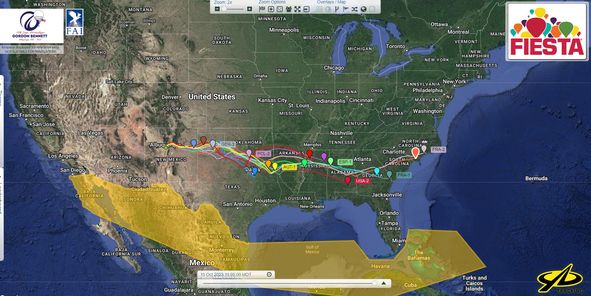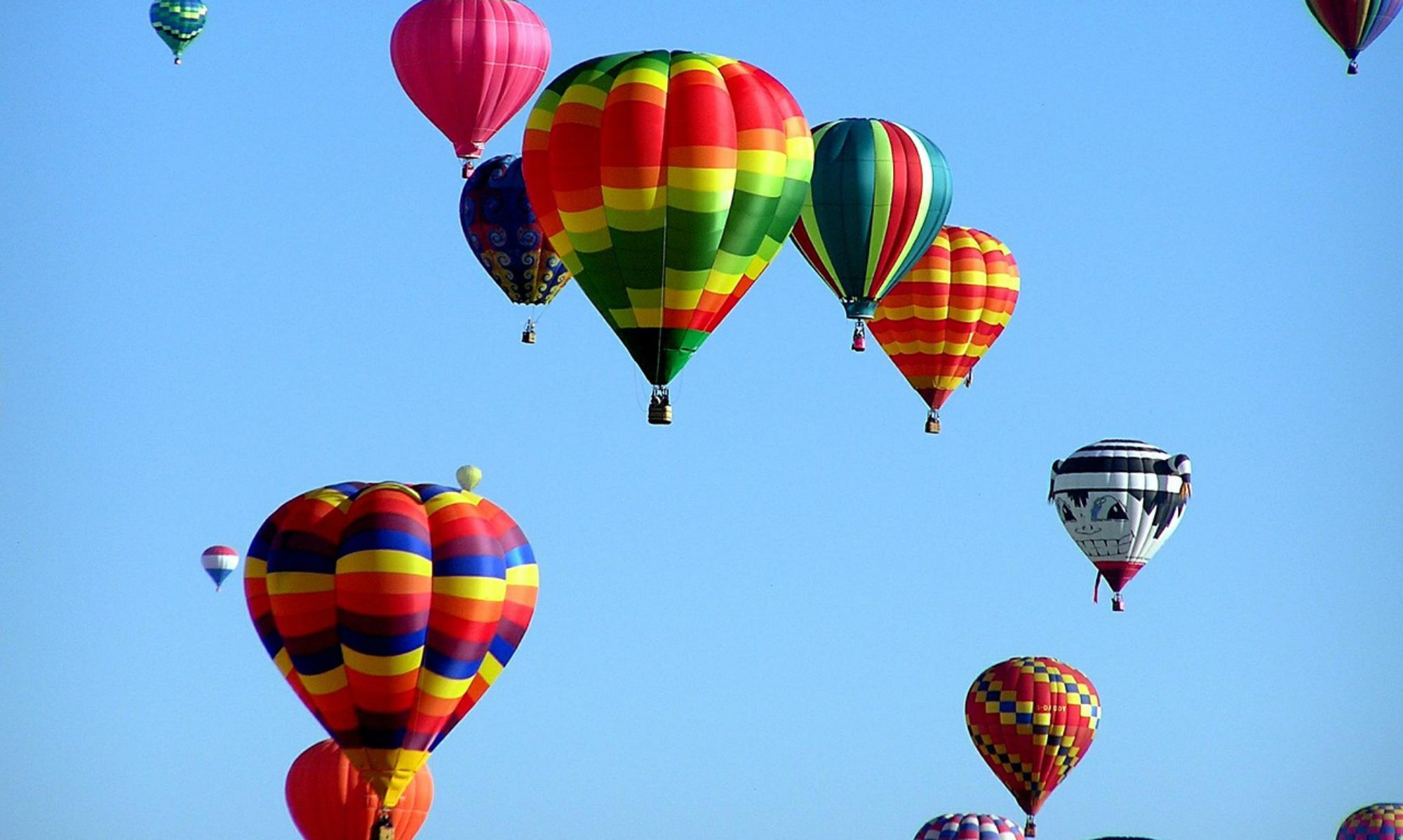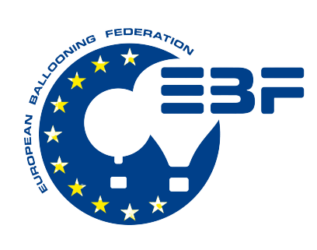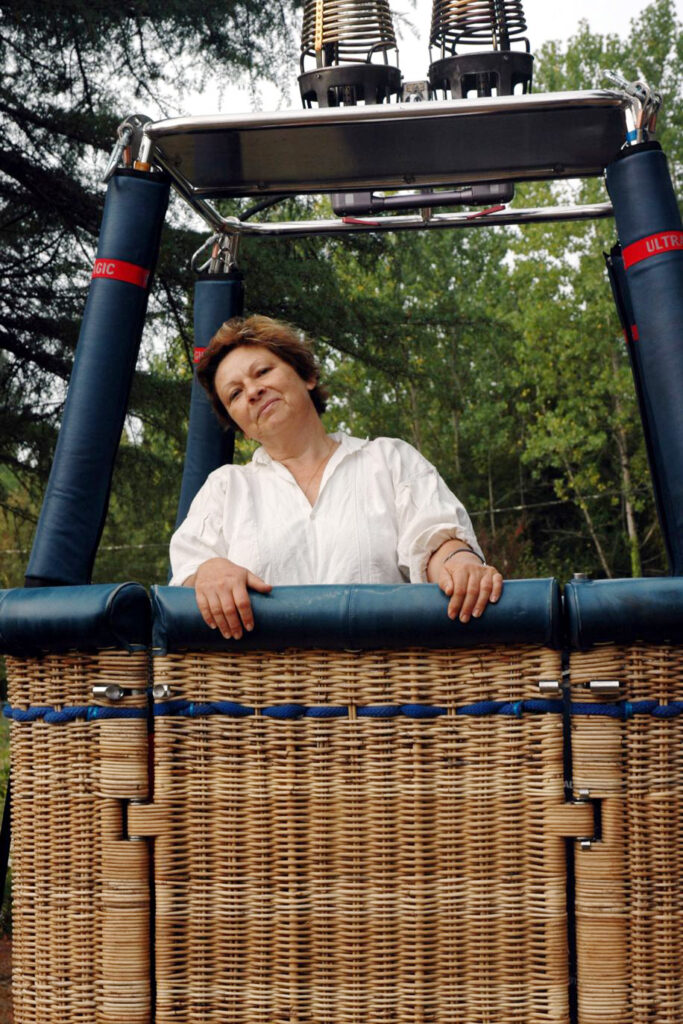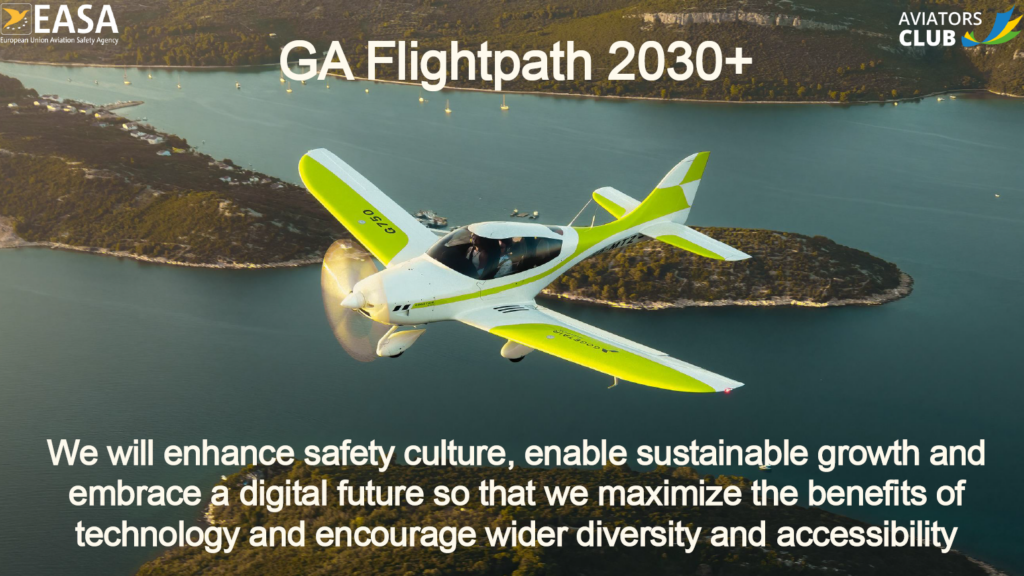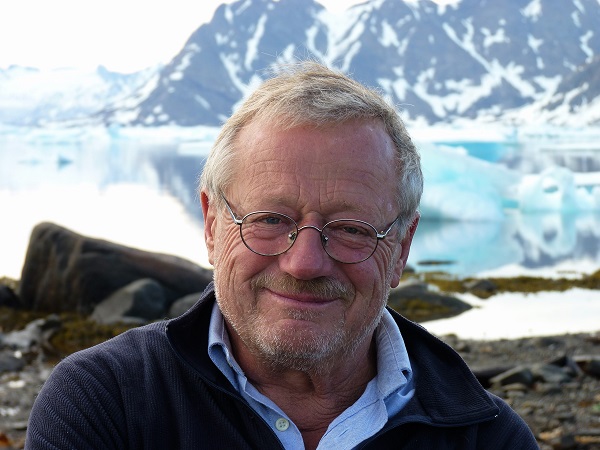On the 27th and 28th the quarterly EASA General Aviation TeB and Com meeting has taken place. The European Ballooning Federation was represented and brought the topic of Part 66 L to the table and supported the lighter medical and fitness proposals.
Other topics of interest were U space and I conspicuity and the Figures on accidents involving balloons were presented. I would inform you on the outcome of the meeting.
What is U Space and does is have implications for ballooning?
The drone community requires airspace. They have worked out new rules and regulations for drones which are now in place. (https://www.easa.europa.eu/en/document-library/easy-access-rules/easy-access-rules-unmanned-aircraft-systems-regulations-eu )
There is a short animation which explains the drone rules for the general public ( https://youtu.be/l6xHV61jwGo )
Drones have fairly strict new rules on the use of airspace which all drone pilots should know and adhere to. Drones can either use the airspace together with other airspace-users in which they are able to avoid other aircraft. Alternatively, they have separated airspace in which other aircraft are not allowed to fly. We of course do not support the separation of airspace in which we cannot fly.
We are looking for safe integration of drones and other aircraft. Drones my fly up to 120 meters and not many other airspace users are affected. Balloons, paragliders, paramoteurs and other are affected. We also use very low airspace for landing and take-off which could be anywhere where terrain is suitable.
There is a potential risk of meeting a drone during take-off or landing under 500ft. EASA have introduced to mitigate this collision risk, electronic visibility, or electronic conspicuity. If we want to fly in U space we will need to be electronically visible to other airspace users. A transponder with S mode does not qualify as being sufficient. Transponders do not provide GPS data and are therefore unsuitable for this purpose.
What could we use to be electronically conspicuous? EASA have worked out the so-called ADS L Automatic Dependant Surveyance light. The solution is in the form of the use of a mobile telephone. Your position can be calculated and visualised if using the ADS-L App. At this moment there is one App you could use which is Safesky. Others will follow doing the same. The app is free in the basic version.
We have the impression that U space will not be introduced quickly. The NAA’s need time to put all the needed requirements in place. It may take some time before we see the first U-Space om the aeronautical maps.
We are now informed about U space and electronic conspicuity, and we will keep you informed on any progress.(see attached presentation)
There was a topic brought to the meeting by the Danish NAA about the use of handheld radio’s and the need to have an RT licence. The conclusion was that if you need a radio in order to fly in airspace where this radio is required you need an RT licence. (no change from the current situation) If you are using the radio for communication other that required by the airspace and therefore not for aeronautical use an RT is not needed. (see Part BOP.BAS.355 and 360)
The annual safety review was discussed, and I include the sheets presented.
(see enclosures)
Medical fitness and flying.
There was a presentation on introducing the medical certificate in EASA countries comparable to what they have in the USA and the UK. A declaration from the pilot would be enough to be medically fit to fly non commercially. There was a long debate and we all agreed that this would be a good way forward for non-commercial balloon flights. EASA will internally discuss this issue and come back to us with a proposal.
Part 66L for balloon technicians.
EBF presented an urgently needed adjustment of the rules on getting and keeping the Part 66 licence for all balloon technicians. All current technicians have been “grandfathered” (received the licence because of historic technical work on balloons). The renewal date is 2025 and 2026 and you must have carried out considerable work on balloons to qualify for renewal. We have suggested a change in the wording of Part 66 or write an Alternative way to comply (AltMoC) with the legal wording but these we rejected by EASA. They had an alternative interpretation of the current text which we are now studying. If this does not solve the recency problem we have agreed to have a meeting and discuss this issue further.
Any questions?
Please contact: kaa@ballooning-federation.eu
Final draft Agenda GA.TeB & GA.COM 01-2023
1.1 Annual Safety Review – GA safety
1.6 Pilot medical requirements for non-commercial flying
1.7 Part 66 Light recency requirements
1.8 Safety Promotion
